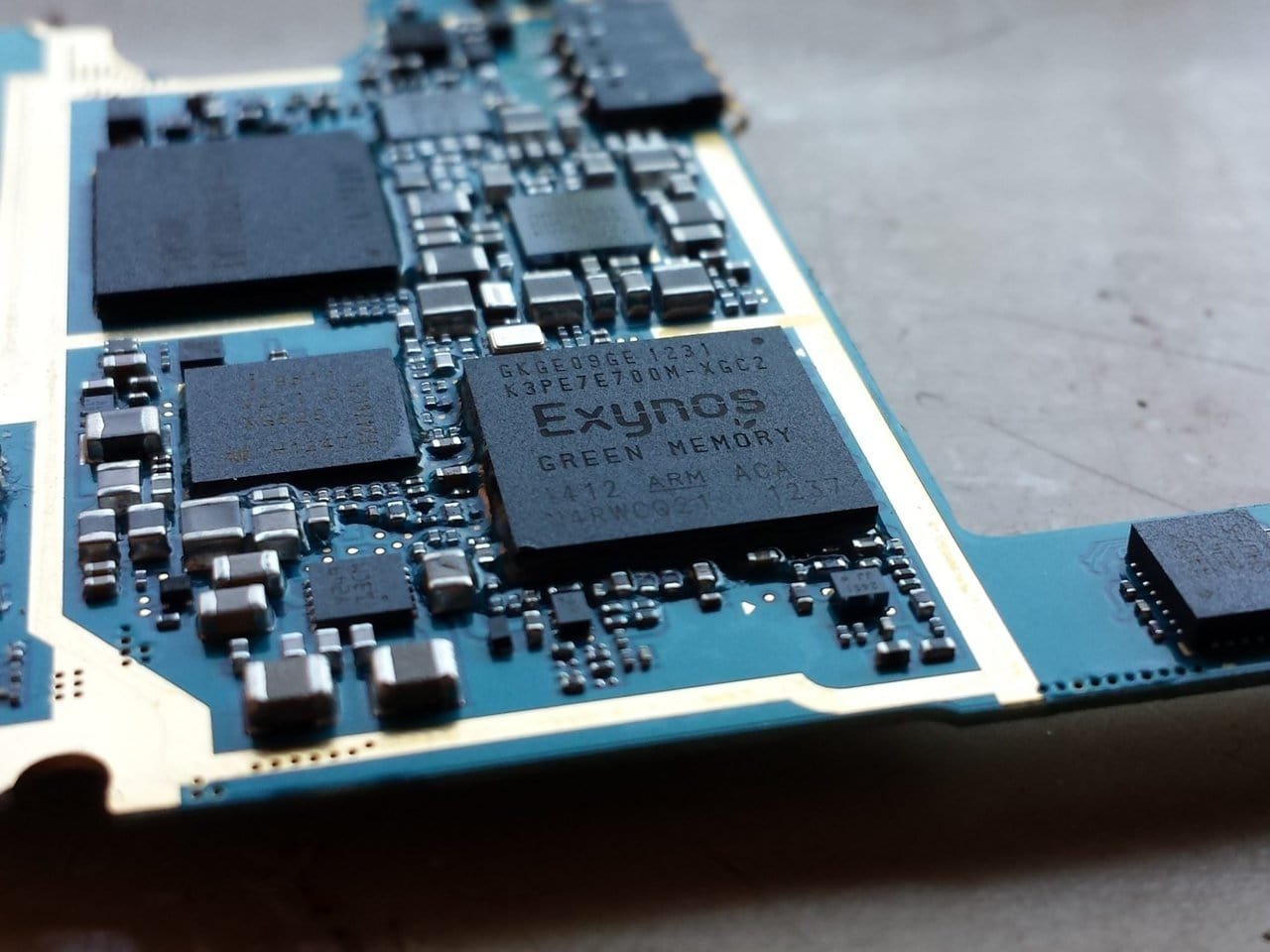We are just days away from the official unveiling of the Samsung Galaxy S8, the new premier phone by the Korean company. By now, we know that the phone will feature one of the two Galaxy S8 chipsets, the Snapdragon 835 or the Exynos 8895. This is a strategy Samsung used in the past few years. The company is trying to push its own chipset, and what better way to do that than the premium flagship phones. In the past, Samsung used the Snapdragon for international models and the Exynos chipset for local models (Korea and other parts of Asia). What is the difference between the two? We break it down.
Galaxy S8 chipsets breakdown
Let’s start with the basic power features.- Snapdragon 835 features Semi-custom ARM cortex CPU core, while Exynos has Custom +A53
– Snapdragon 835 features Semi-custom ARM cortex CPU core, while Exynos has Custom +A53- The Snapdragon 835 features 4 cores clocked at 2.45GHz, and four cores clocked at 1.9GHz. The Exynos 8895 features four cores clocked at 2.5GHz, and four cores clocked at 1.7GHz
– The Snapdragon 835 features 4 cores clocked at 2.45GHz, and four cores clocked at 1.9GHz. The Exynos 8895 features four cores clocked at 2.5GHz, and four cores clocked at 1.7GHz- Snapdragon 835 supports 2x 32-bit LPDDR4X RAM, while the Exynos supports just a single LPDDR4X
– Snapdragon 835 supports 2x 32-bit LPDDR4X RAM, while the Exynos supports just a single LPDDR4X
– Snapdragon 835 supports flash with UFS 2.1, while the Exynos supports UFS 2.0
– Both Galaxy S8 chipsets support 10nm FinFET manufacture process
– One area where customers decide what to buy is the camera. Regarding the camera, you might say that the Exynos offers better performances. It will depend on the camera sensor and lens the Korean company puts in the S8, but the Exynos offers more potential. Here is a breakdown.- Exynos can capture 4K video at 120fps, while the Snapdragon can capture 4K video at just 30fps
– Exynos can capture 4K video at 120fps, while the Snapdragon can capture 4K video at just 30fps
– Exynos can also play 4K video at 120fps, while the Snapdragon plays 4K video at just 60fps
What to expect?
This year, both Qualcomm and Samsung opted for custom CPU designs for the Galaxy S8 chipsets. And that is a good thing. We cannot say for sure what the exact changes and improvements will bring. But both have one goal in common, and that is to improve efficiency. According to previous reports, the Galaxy S8 should consume 40% less power than the S7.
Now, if you want a more plastic view on what to expect, you can check the benchmark test results from last year. The S7, for example, scored better with the Exynos chipset inside. The difference between the Exynos and the Snapdragon in the S7 was about 10%.

